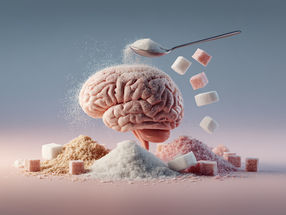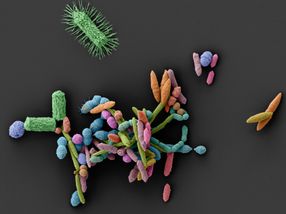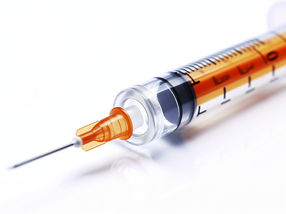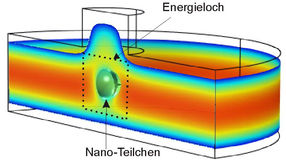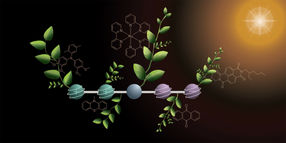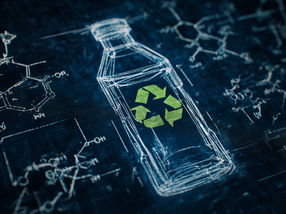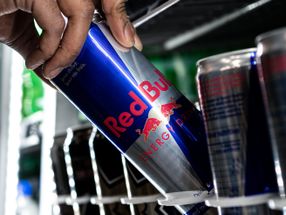From muscle soreness molecule to protective shield
How lactate defends cells under stress
Advertisement
Many people are familiar with lactate primarily from sport, where it is produced in muscle cells during physical exertion. However, the molecule could also play an important role in other cell types. Researchers at Essen University Hospital and the Center for Medical Biotechnology at the University of Duisburg-Essen propose that lactate, together with iron, forms a previously overlooked defence system against oxidative stress. This could open up new therapeutic opportunities in medicine, for example in cancer therapy or in neurodegenerative and inflammatory diseases.
Lactate could act together with iron to defend cells in times of crisis. Beyond muscle cells, it is also produced in other cell types, such as tumour cells, astrocytes in the brain or fibroblasts in inflammatory conditions. They also often contain a lot of iron, which is not firmly bound and can therefore easily participate in chemical reactions. This striking pattern was the starting point for a new hypothesis: Dr Astrid Hensel, Dr Renáta Váraljai and Prof. Dr Shirley K. Knauer suggest a previously overlooked defence system against oxidative stress in the journal Redox Biology.
Oxidative stress occurs when harmful forms of oxygen become excessive in the cells. One example of this is hydrogen peroxide (H₂O₂), which is produced during immune responses, among other things. In low concentrations, it can act as a signalling substance in cells. However, if too much H₂O₂ arises, it can damage important cell components such as DNA or proteins. To prevent this, cells have enzymes that break down hydrogen peroxide. However, if these enzymes become overloaded, there is a risk of cell death.
‘Many cells are exposed to oxidative stress, for example in tumours, viral infections or autoimmune diseases,’ explains molecular biologist Knauer. ‘Our hypothesis is that lactate, together with iron, could act as a cell shield to disarm harmful hydrogen peroxide. Put simply, lactate sacrifices itself and intercepts the particularly aggressive forms of oxygen before they can attack vital components of the cell.’ In the process, lactate is converted into pyruvate, a substance that cells can use for growth and repair.
Biochemist Hensel emphasises the potential significance for medicine: ‘If the hypothesis is confirmed, it would be possible to specifically influence the mechanism. In cancer therapy, for example, the protective shield of tumour cells could be weakened so that they become more sensitive to treatment. In autoimmune diseases or neurodegenerative diseases such as Alzheimer's, however, the goal would be exactly the opposite: the protective shield would have to be strengthened to better protect vulnerable cells from damage caused by oxidative stress.’


















